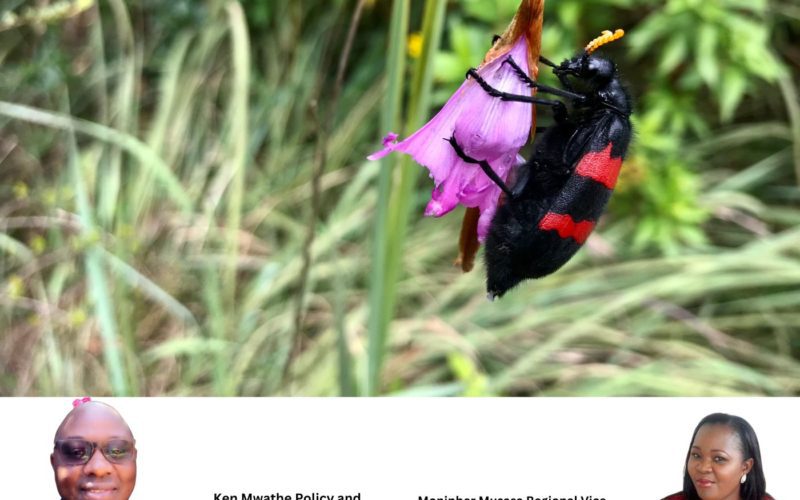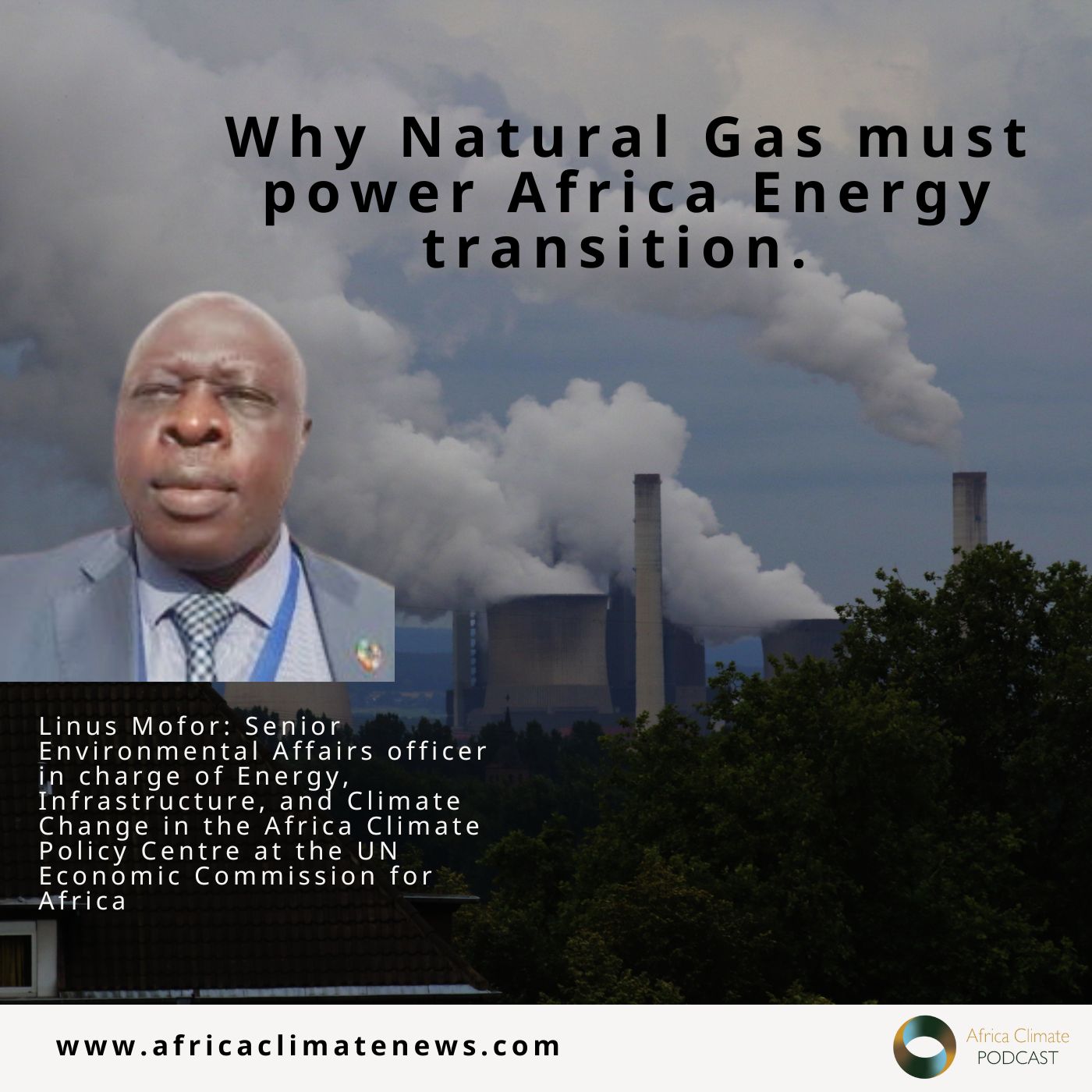COP28: How can Africa solve the climate finance access challenge?
The climate finance needs of developing countries have risen way beyond the 100 billion USD promised by developed countries 15 years ago. The recent UN2023 adaptation gap report estimates the cost of adaptation atUS$215 billion per year this decade. Check out Africa Climate Conversations YouTube Access to finance, including means of implementation that are technology…
Read More










Recent Comments